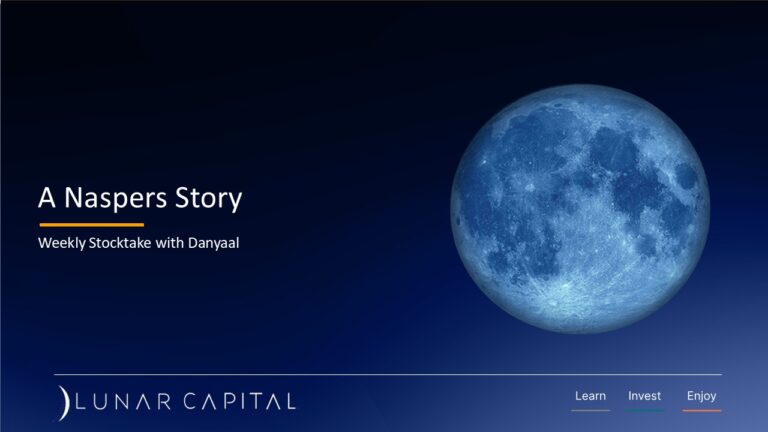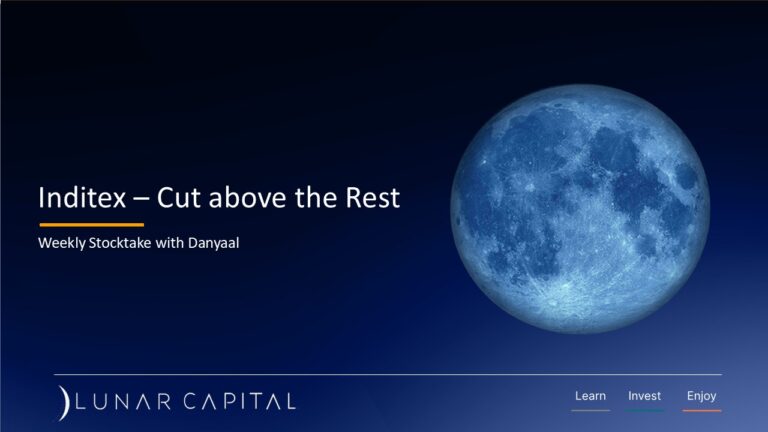[fusion_builder_container hundred_percent=\”no\” equal_height_columns=\”no\” menu_anchor=\”\” hide_on_mobile=\”small-visibility,medium-visibility,large-visibility\” class=\”\” id=\”\” background_color=\”\” background_image=\”\” background_position=\”center center\” background_repeat=\”no-repeat\” fade=\”no\” background_parallax=\”none\” parallax_speed=\”0.3\” video_mp4=\”\” video_webm=\”\” video_ogv=\”\” video_url=\”\” video_aspect_ratio=\”16:9\” video_loop=\”yes\” video_mute=\”yes\” overlay_color=\”\” video_preview_image=\”\” border_size=\”\” border_color=\”\” border_style=\”solid\” padding_top=\”\” padding_bottom=\”\” padding_left=\”\” padding_right=\”\”][fusion_builder_row][fusion_builder_column type=\”1_1\” layout=\”1_1\” background_position=\”left top\” background_color=\”\” border_size=\”\” border_color=\”\” border_style=\”solid\” border_position=\”all\” spacing=\”yes\” background_image=\”\” background_repeat=\”no-repeat\” padding=\”\” margin_top=\”0px\” margin_bottom=\”0px\” class=\”\” id=\”\” animation_type=\”\” animation_speed=\”0.3\” animation_direction=\”left\” hide_on_mobile=\”small-visibility,medium-visibility,large-visibility\” center_content=\”no\” last=\”no\” min_height=\”\” hover_type=\”none\” link=\”\”][fusion_text]
What is Inflation?
Inflation is when the prices of goods or services rises sustainably. This is when we as consumers pay more for our goods and services. To put it differently, it means that our money is worth less. We get fewer goods or services for the same amount of Rands or Dollars. In South Africa and many other countries, we use the Consumer Price Index (CPI) to measure inflation.
Inflation can be caused by several factors. Here are some of the causes of inflation:
- When the economy is doing well and people have more money, they may be willing to spend more on goods and services. This higher demand leads to increased prices.
- When commodity prices such as oil goes up, it increases not only the cost of fuel that we use for travelling, but also the cost of transporting goods and services. This translates into higher costs, thus leading to inflation.
- Exchange rates also play a role in inflation. If the South African Rand weakens against other major currencies, then this too causes rising inflation, because the cost of imported goods is more expensive in Rand terms.
Moderate levels of inflation generally imply a good economy, i.e. one that is growing healthily. High levels of inflation imply an overheated economy which will likely result in an economic crash. Very low levels of inflation imply a subdued economy.
It is the role of central bankers like the South African Reserve Bank (SARB) to try and manage inflation. They typically do this through monetary policy, i.e. by raising or lowering the interest rates that they charge to commercial banks. If they wish to reduce inflation, they raise interest rates. This leads to consumers having less money to spend on goods and services, as they have higher interest payments on the debt that they owe to banks and other lenders. In this way, the central bank tries to manage the economy so that it does not overheat. Vice versa, when they want to give the economy a push.
Inflation versus Returns
Inflation is a stealth threat to any returns. If your returns are below the rate of inflation, then you are in fact earning a negative return, i.e. you are losing money in real terms. So, when looking for where to invest in, one should always be mindful of the impact of inflation on one’s investment.
Where an investment pays a fixed rate like a bond, then the impact of inflation on returns is easily understood. As inflation rises, the value of the bond drops and vice versa.
The impact for companies, however is not so simple.
Inflation versus Stock Price Returns
There are several conflicting factors at play here:
- As inflation increases, the returns on your investments should be lower in real terms, so arguably the share price should reduce.
- However, inflation also implies that companies can charge higher prices for their goods or services. In this way they will earn higher revenues. So, this should negate the impact of lower real returns discussed the above.
- Factoring in higher inflation rates into valuation models should also have a negative impact on share valuations, which could lead to lower prices.
- Markets also operate in complex ways – from exuberance to pessimism, from forward looking to backward looking. So, at any point in time these factors may overshadow whatever inflation may or may not be doing.
It is thus not entirely obvious how inflation impacts stock prices. However, what one should look out for is any significant shifts in inflation. When South Africa broke the back of double digit inflation in the 1990’s, share prices and price earnings multiples increased commensurately. It is thus advisable to look out for any significant and sustainable shifts in inflation.
What are we looking at in terms of Inflation?
In the two markets in which Lunar Capital mostly operates; South Africa and the USA, we could possibly see some interesting developments from an inflation perspective:
- In South Africa, the last CPI figures indicated a year-on-year increase of 4% per annum. According to Investec, inflation should increase to between 4.7% to 5.3%, given the VAT and fuel price increases. This is still below the 6% that is imprinted in most people’s minds as to where inflation is. In our opinion, this will have a moderately positive impact on stock prices (price earnings multiples) of companies that have a strong market position.
- In the USA, inflation and interest rates are on the rise. In our view, this would likely put the brakes on any significant stock market rallies in the near-term. If anything, there may well be a further correction in the market.
S&P 500 Annual Averages per Decade
The following table shows average annual results for each decade:
|
|
Price Change | Dividend Dist. Rate | Total Return | Inflation | Real Price Change |
Real Total Return |
| 1950\’s | 13.2 % | 5.4 % | 19.3 % | 2.2 % | 10.7 % | 16.7 % |
| 1960\’s | 4.4 % | 3.3 % | 7.8 % | 2.5 % | 1.8 % | 5.2 % |
| 1970\’s | 1.6 % | 4.3 % | 5.8 % | 7.4 % | -5.4 % | -1.4 % |
| 1980\’s | 12.6 % | 4.6 % | 17.3 % | 5.1 % | 7.1 % | 11.6 % |
| 1990\’s | 15.3 % | 2.7 % | 18.1 % | 2.9 % | 12.0 % | 14.7 % |
| 2000\’s | -2.7 % | 1.8 % | -1.0 % | 2.5 % | -5.1 % | -3.4 % |
| 1950-2009 | 7.2 % | 3.6 % | 11.0 % | 3.8 % | 3.3 % | 7.0 % |
Source: http://www.simplestockinvesting.com/SP500-historical-real-total-returns.htm
The table above shows that investing in the equities markets has been a good hedge against inflation in the long-term. Interestingly though, this is not true for two out of six decades in the table shown above. The negative return in the 2000’s reflects the impact of the global financial crisis of 2008-2009; and the negative return of the 1970’s reflects high inflation in the USA. However, over the 6 decades, real returns have been excellent (7.0%).
Our approach to investing is to acquire great businesses at good prices and to hold them for as long as possible. The macro-economic environment is additional input into our decision making, but we rely much more on individual business analysis in our decision making. Ultimately, we aim to have real (i.e. above inflation) growth in the investments we make over the long-term.
[/fusion_text][/fusion_builder_column][/fusion_builder_row][/fusion_builder_container]





